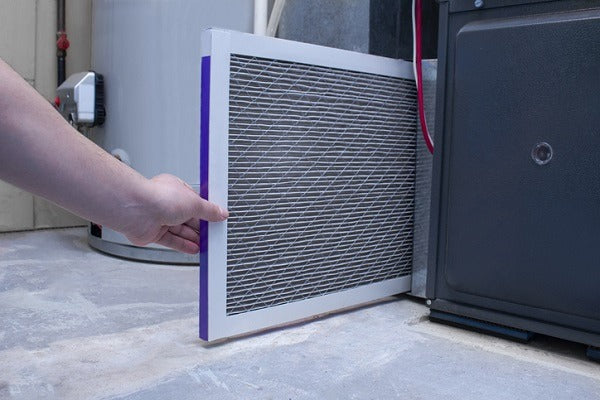- No products in the cart.
Breathe Easy: A Guide to How Often You Should Replace Your Furnace Filter
21
Nov
Introduction:
Your home's furnace is a silent workhorse, diligently keeping you warm during the cold months. However, like any hardworking system, it requires regular maintenance to perform at its best. One crucial aspect of furnace care is the replacement of the air filter. Neglecting this simple task can lead to a variety of issues, from reduced energy efficiency to potential damage to your heating system. In this blog post, we'll delve into the importance of furnace filters, how they work, and most importantly, how often you should replace them to ensure a healthy and efficient home environment.Understanding the Role of Furnace Filters:
Furnace filters play a vital role in maintaining indoor air quality and the efficiency of your heating system. Their primary function is to capture dust, dirt, pollen, and other airborne particles, preventing them from circulating through your home. Over time, however, these filters become clogged with contaminants, diminishing their effectiveness and placing additional strain on your furnace.Factors Influencing Replacement Frequency:
Filter Type:
Different furnace filters have varying lifespans. Basic fiberglass filters may need replacement every 1-3 months, while more advanced HEPA filters can last up to a year.
Allergies and Indoor Air Quality:
If you or your family members suffer from allergies or respiratory issues, it's advisable to replace the filter more frequently to ensure optimal air quality.
Pets:
Homes with pets may require more frequent filter changes due to the additional pet dander and hair in the air.
Home Location:
Homes in areas with high levels of dust or pollen may need more frequent filter changes to cope with increased particle levels.
Furnace Usage:
The more often your furnace operates, the quicker the filter will accumulate debris. In colder climates where the furnace runs more frequently, filters may need replacement more often.
Signs It's Time to Replace Your Furnace Filter:
Reduced Airflow:
If you notice a decrease in airflow from your vents, it could be a sign that the filter is clogged and hindering the passage of air.
Increased Energy Bills:
A clogged filter forces your furnace to work harder, leading to increased energy consumption. Regularly replacing the filter can help maintain energy efficiency.
Visible Dirt:
Check the filter regularly, and if you see a visible layer of dirt and dust, it's time for a replacement.
Conclusion:
Regularly replacing your furnace filter is a simple yet effective way to ensure your heating system operates efficiently and maintains good indoor air quality. By understanding the factors influencing replacement frequency and recognizing the signs of a clogged filter, you can keep your home comfortable and your furnace running smoothly. Don't underestimate the impact of this small maintenance task – it's a breath of fresh air for your home.













